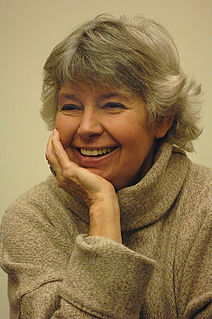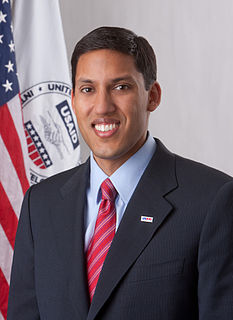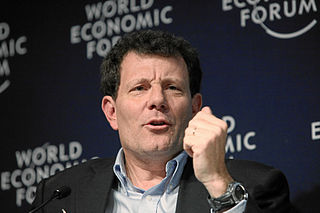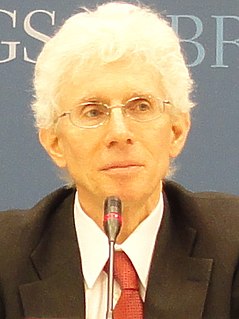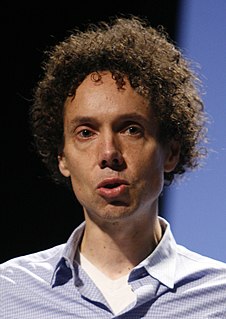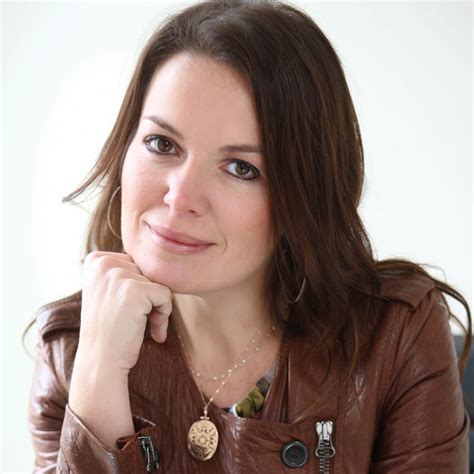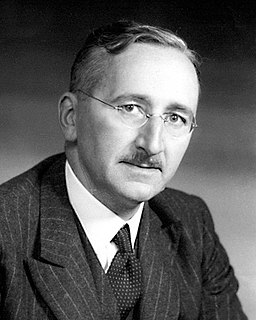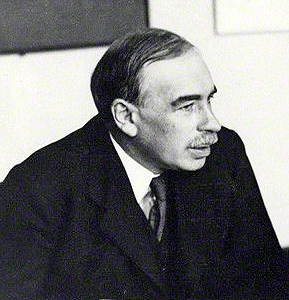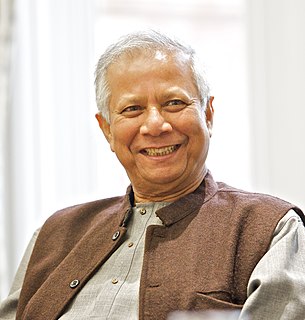A Quote by Walter E. Williams
The greatest percentage of poverty is found in female-headed households. Over 70 percent of female-headed households are poor. A large percentage of poor people are children (17 percent); fully 85 percent of black children living in poverty reside in a female-headed household.
Related Quotes
One of the most durable successes of the war on poverty was to dramatically reduce the number of elderly poor in America. That's still true today. But, by contrast, child poverty has shot up over the last few years: A decade ago, about 16 percent of children in America were poor - which is a shockingly high percentage. But it's not as shocking as today, when we see that 22 percent of kids live in poverty.
For someone to promise a percentage type cure for this issue, for instance I had someone who said they had experienced a 90 percent permanent - in all caps PERMANENT - reduction of their same-sex attraction. How can we quantify that? How can you even know that that's what you have experienced? And what if at some point you fall to 85 percent or 70 percent? That, I think, sets people up for unrealistic expectations and is something that I'm not willing to offer when we're sharing these types of messages or presenting what was presented to me.
If we continue on the trend we’re on, we can reduce extreme poverty by more than 60 percent-lifting more than 700 million people out of dollar-and-a-quarter a day poverty and back from the brink of hunger and malnutrition. But if we accelerate our progress from 3 percent annual reduction to over 6 percent and focus on key turnarounds in some difficult countries, we could get a 90 percent reduction. We could essentially eliminate dollar-and-a-quarter head count poverty.
Economists often talk about the 80/20 Principle, which is the idea that in any situation roughly 80 percent of the “work” will be done by 20 percent of the participants. In most societies, 20 percent of criminals commit 80 percent of crimes. Twenty percent of motorists cause 80 percent of all accidents. Twenty percent of beer drinkers drink 80 percent of all beer. When it comes to epidemics, though, this disproportionality becomes even more extreme: a tiny percentage of people do the majority of the work.
Given the relativity concept, poverty cannot be eliminated. Indeed, an economic upturn with a broad improvement in household income does not guarantee a decrease in the size of the poor population, especially when the income growth of households below the poverty line is less promising than the overall.
It is all of our jobs to make sure that women's rights are human rights, and that they do have a place at the table, and we all push toward equality. The leadership numbers for women in business really haven't changed since I began as CEO. There are only 21 female CEOs at Fortune 500 companies, there is only 17 to 19 percent of female representatives in Congress, there are only eight female governors.
I don't want there to be this separation between the rich and poor. I may be part of the three percent because I've been fortunate and done well for myself, but I will never forget about the 97 percent. That was me growing up. I was so poor I dreamt about being just 'regular poor,' not 'poor, poor.'
What's a problem with India, in particular, is female feticide - aborting a female fetus. It is unacceptable and illegal, but it happens on a large scale. Then there's also the killing of baby girls. Female feticide is pretty much middle-class, Indian experts say. This is not happening among the poor; they just have to keep bearing children and hope they live. This casts into doubt the spurious argument that we just have to wait until everyone's middle class and then all of this will sort itself out. Better-off women will have fewer children - but at what cost?


